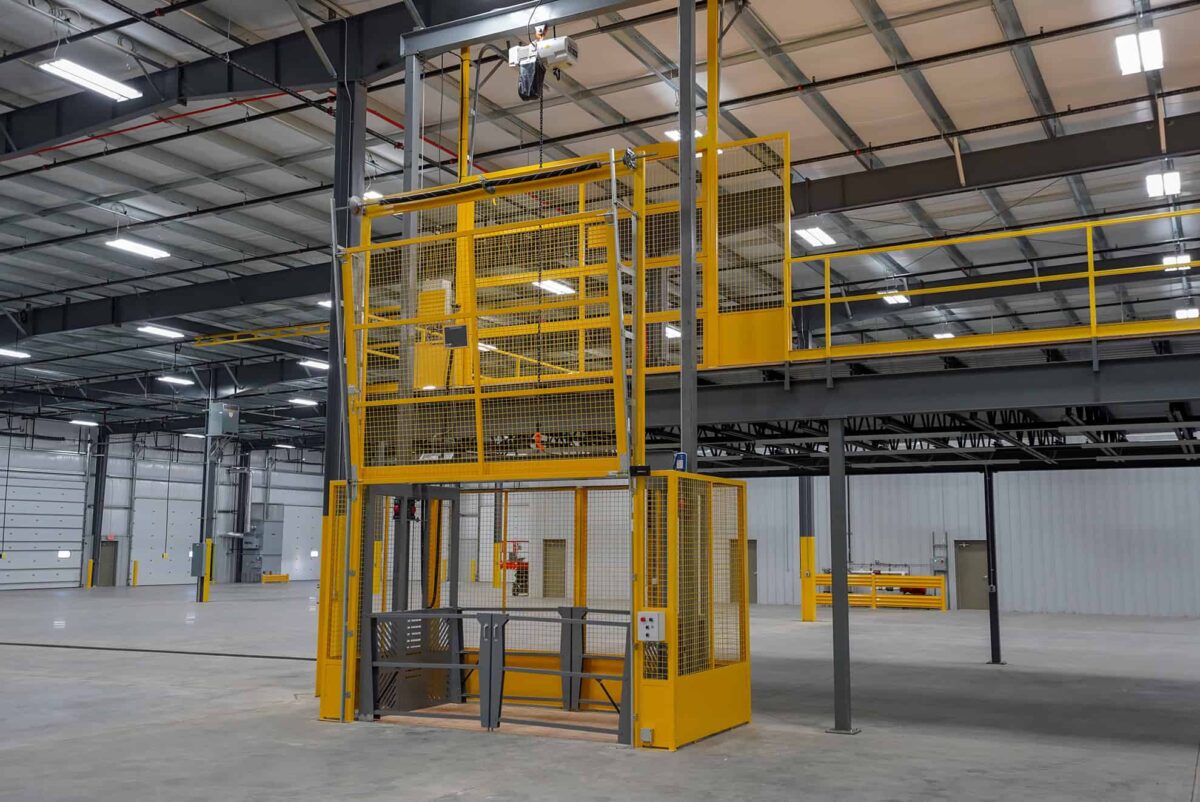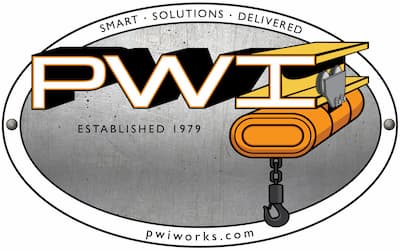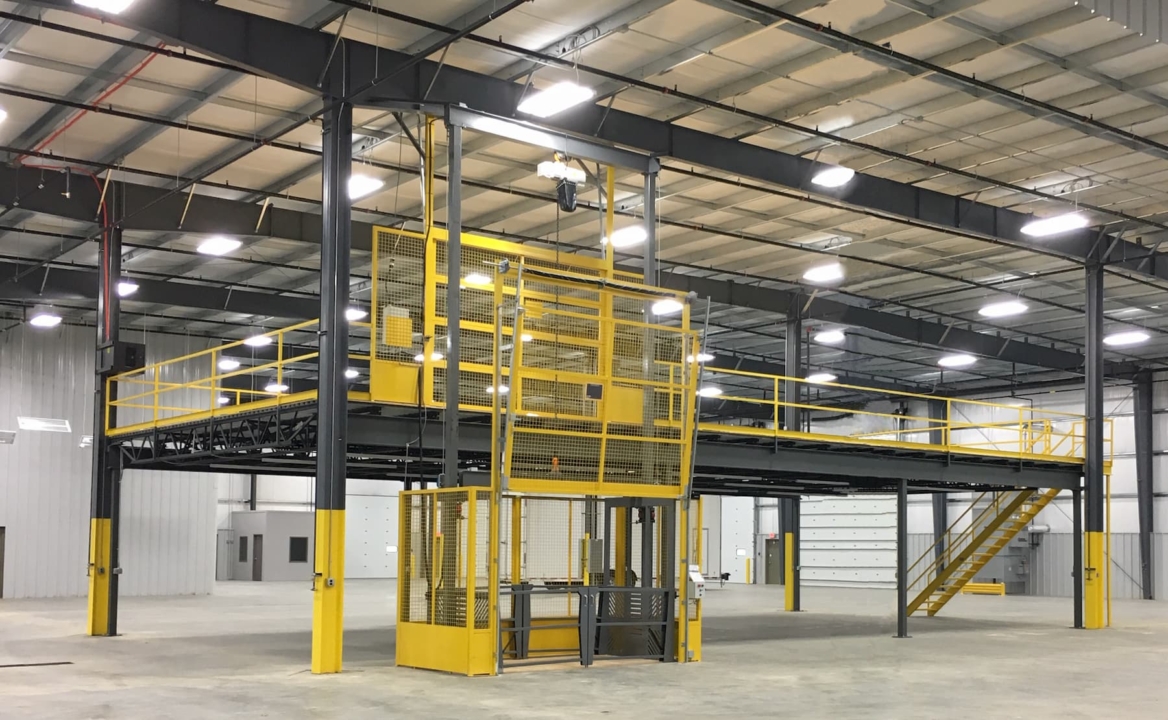In this article you’ll learn everything you’ve ever wanted to know about VRC’s and possibly more.
By the end of this article you will have a strong understanding of what VRC’s are, what they’re best suited for, and most importantly if you need one!

What is a Vertical Reciprocating Conveyor (VRC)?
VRC stands for vertical reciprocating conveyors.
A vertical reciprocating conveyor is a type of vertical lift.
It looks a lot like another kind of vertical lift that we’re all familiar with, the elevator.
Essentially a vertical reciprocating conveyor is an elevator, but instead of lifting people it lifts freight or cargo material.
That seemingly trivial difference of moving materials vs moving people is actually a very important difference between an elevator and a VRC.
By being designed to only move materials, VRCs get treated very differently in the eyes of the law than elevators do.
Vertical reciprocating conveyors don’t need to meet the same safety standards that elevators need to meet because VRCs should never be used to transport people.
This is great news for business owners because it means far less safety inspections than an elevator would require.
Even though vertical reciprocating conveyors don’t need to meet the safety requirements of an elevator, they are still very safe so long as they are used properly.
Someone will still have to operate and maintain a VRC and make sure it meets ASME B20.1 Safety Standards for vertical conveyors.
In the long run, VRCs actually make factories much safer for the workers who are responsible for freight lifts and material handling.
How Do Vertical Reciprocating Conveyors (VRC) Work?
There are two types of VRCs that you should know about, Hydraulic VRCs and Mechanical VRCs and both are responsible for freight lifts, vertical lifts, and material handling
Hydraulic lifts use a set of cylinders and hydraulic hoses to create the lift needed. Mechanical VRC’s on the other hand are typically operated through an electric motor and drivetrain or for some smaller models, and electric chain hoist.
The type of hoist may vary. For instance, the VRCs PWI builds use an electric hoist because of their increased efficiency and smooth operation.
Though some VRCs may be hydraulic and some may be mechanical, both have the same purpose. VRCs move freight from one floor level to another floor level.
Most of the time, VRCs are used as part of mezzanines inside of a warehouse or other building.
Typically the load is placed on the VRC’s platform and a gate door is shut behind it.
The entire assembly is usually contained in a cage to ensure that your materials don’t escape when being moved from one level to another.
Advantages and Disadvantages of Vertical Reciprocating Conveyors (VRC)
As mentioned before, VRCs can add a lot of safety to the workplace.
Their safety features shine when compared to forklifts.
Many places use forklifts to lift things very high up.
A lot of the time this can be a very dangerous procedure for forklift operators.
There are many videos online of forklift operators causing catastrophic accidents that have caused a lot of damage and have taken peoples’ lives.
These accidents usually occur when an operator is trying to place material very high onto a shelf.
Because they don’t have good visibility, things can go wrong very easily.
VRCs don’t have this problem.
They don’t need a margin of error when lifting heavy material because they always stop at the same place.
This combined with the fact that there are gates which close before operation make VRCs much safer for vertical lifts than forklifts.
There is one disadvantage that comes with VRCs, and that is that they are stationary.
In the same way that normal elevators don’t travel from side to side as well as up and down, so do VRCs.
So when considering a VRC, understand that you’ll have to find the perfect place for it, because that’s where it will stay.
Where to Go From Here
In case you want to dive deeper into the details of VRCs and find the perfect one for your business, you can contact us at PWI by calling (574) 646-2015 or filling out a request for a free quote.


![New Construction vs Mezzanine [PDF]](https://pwiworks.com/wp-content/uploads/new-construction-vs-mezzanine-pdf-464x600.jpg)